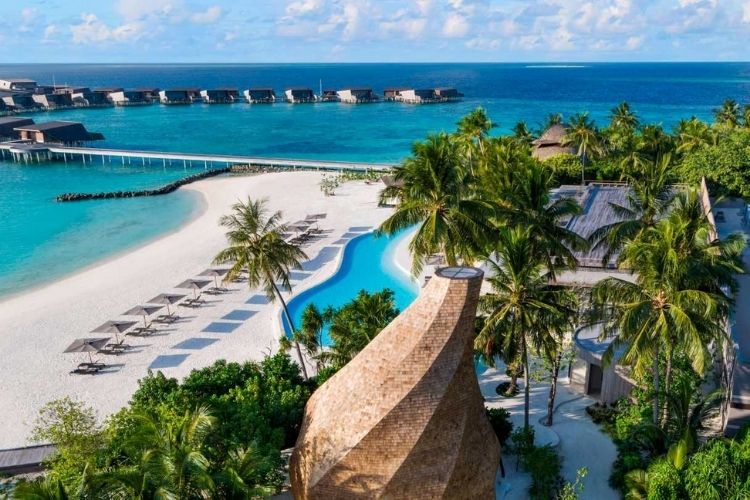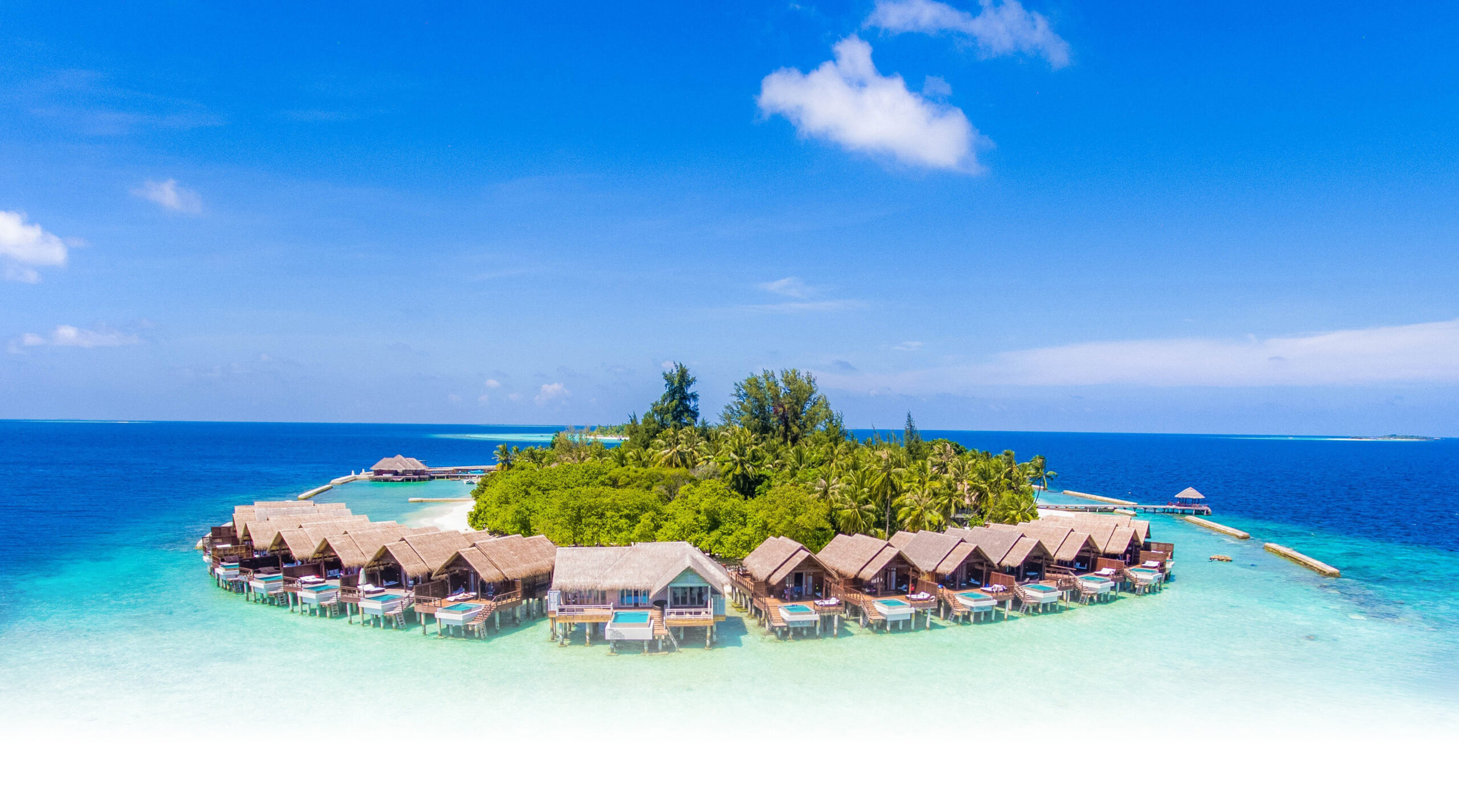World Travel Awards has crowned the St. Regis Maldives Vommuli Resort title of the ‘World’s Leading Luxury Island Resort 2020’. The luxury retreat has also won the Indian Ocean’s Leading Luxury Hotel Villa 2020 award and Indian Ocean’s Leading Luxury Resort 2020 award.
The Marriott International property recently added numerous accolades to its portfolio. Likewise, this is the fourth constructive year St. Regis Maldives Vommuli resort has won the World’s Leading Luxury Island Resort title.
Iridium Spa at St. Regis Maldives Vommuli Resort also won the 2020 World Travel Spa award for Maldives’ Best Resort Spa and Indian Ocean’s Best Resort Spa. The spa won these titles for the fourth constructive year as well.
Earlier in September 2020, DestinAsian featured the luxe getaway among the ‘30 of the Most Beautiful Hotels in Asia’. Living up to its high standards the luxury resort has added many more accolades to its portfolio since its opening in 2017.
About the St. Regis Maldives Vommuli Resort
One of the most luxury resorts in the Maldives, St. Regis Vommuli Resort offers 77 inspired accommodation options. This includes 44 overwater villas and 33 villas located on the beach. The resort also boasts one of the largest overwater villas in the world, the ‘John Jacob Astor Estate’.
A gastronomic journey awaits travellers the island retreat with a myriad of dining venues. Family-friendly pizzeria ‘Crust’ allows guests to design their own pizzas. And they can also choose traditional Italian and other delicious toppings.

The resort also features a hidden subterranean restaurant ‘Decanter’. At this vibrant venue, guests can enjoy a five-course dining experience paired with drink selections from the head sommelier.
Guests can also watch the sunset over the Indian Ocean at ‘Whale Bar’. Or wander inland and dine at ‘Cargo’, a pop-up restaurant tucked away in the resort’s tropical gardens.
The resort is located in the stunning Dhaalu Atoll, Maldives. St. Regis Maldives Vommuli Resort is only accessible via seaplane. But, you can charter the resort’s Azimut FlyBridge 66 luxury yacht, Norma, for an exclusive transfer experience from and to Velana International Airport as well.
For more information about the World’s Leading Luxury Island Resort, click HERE.







